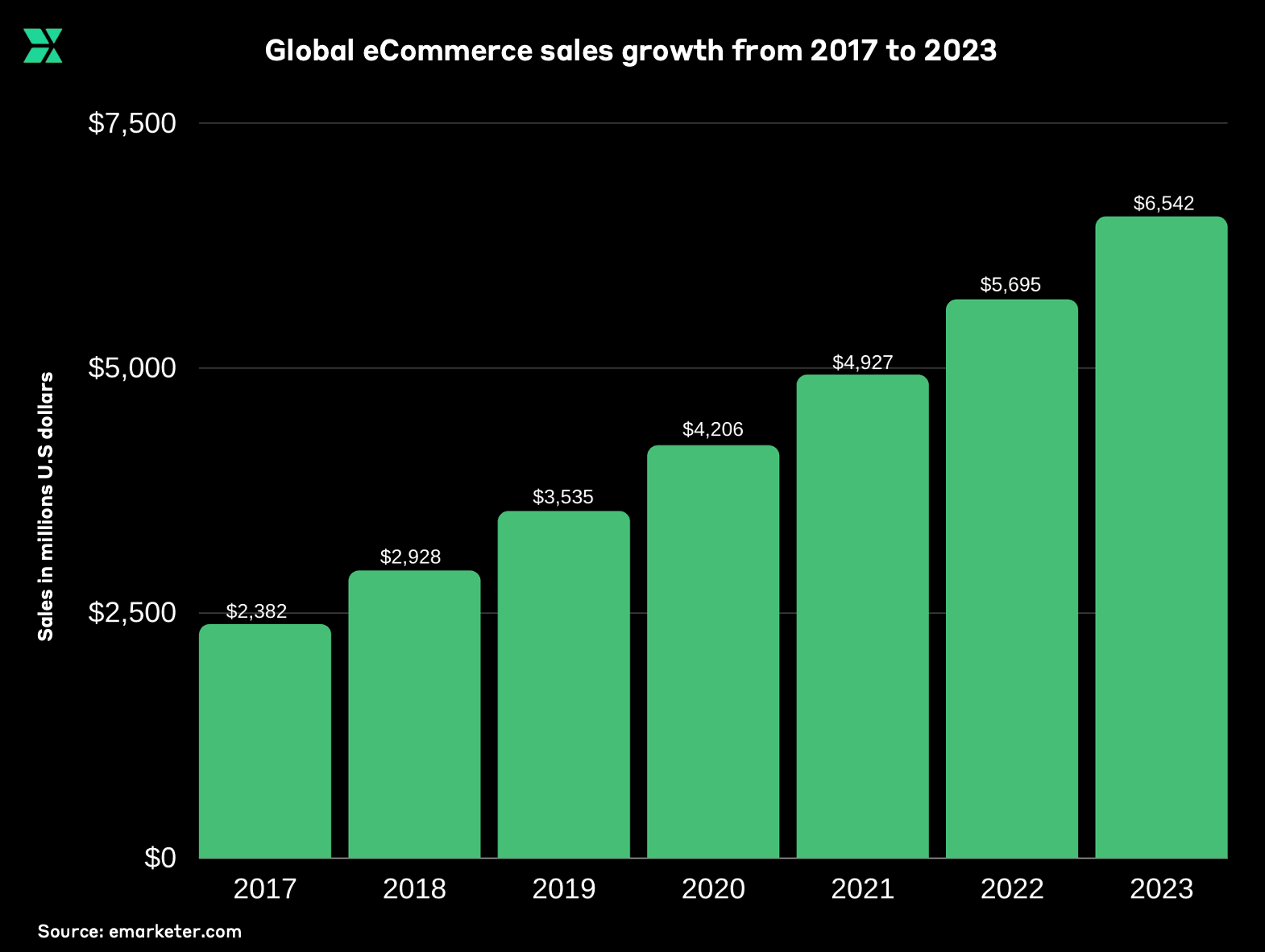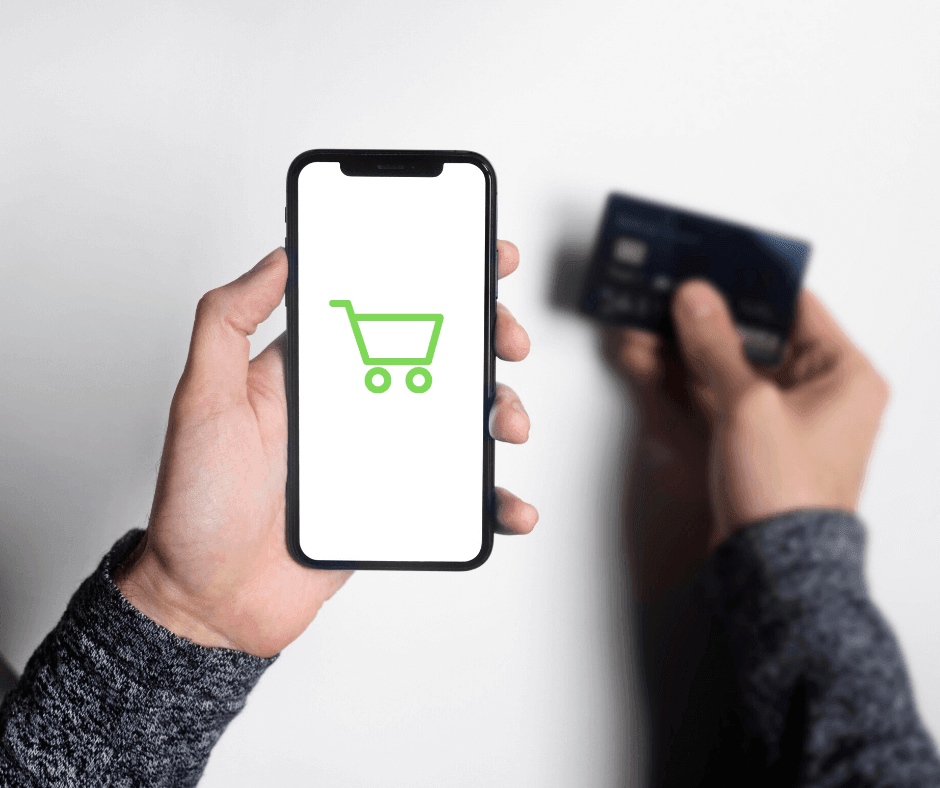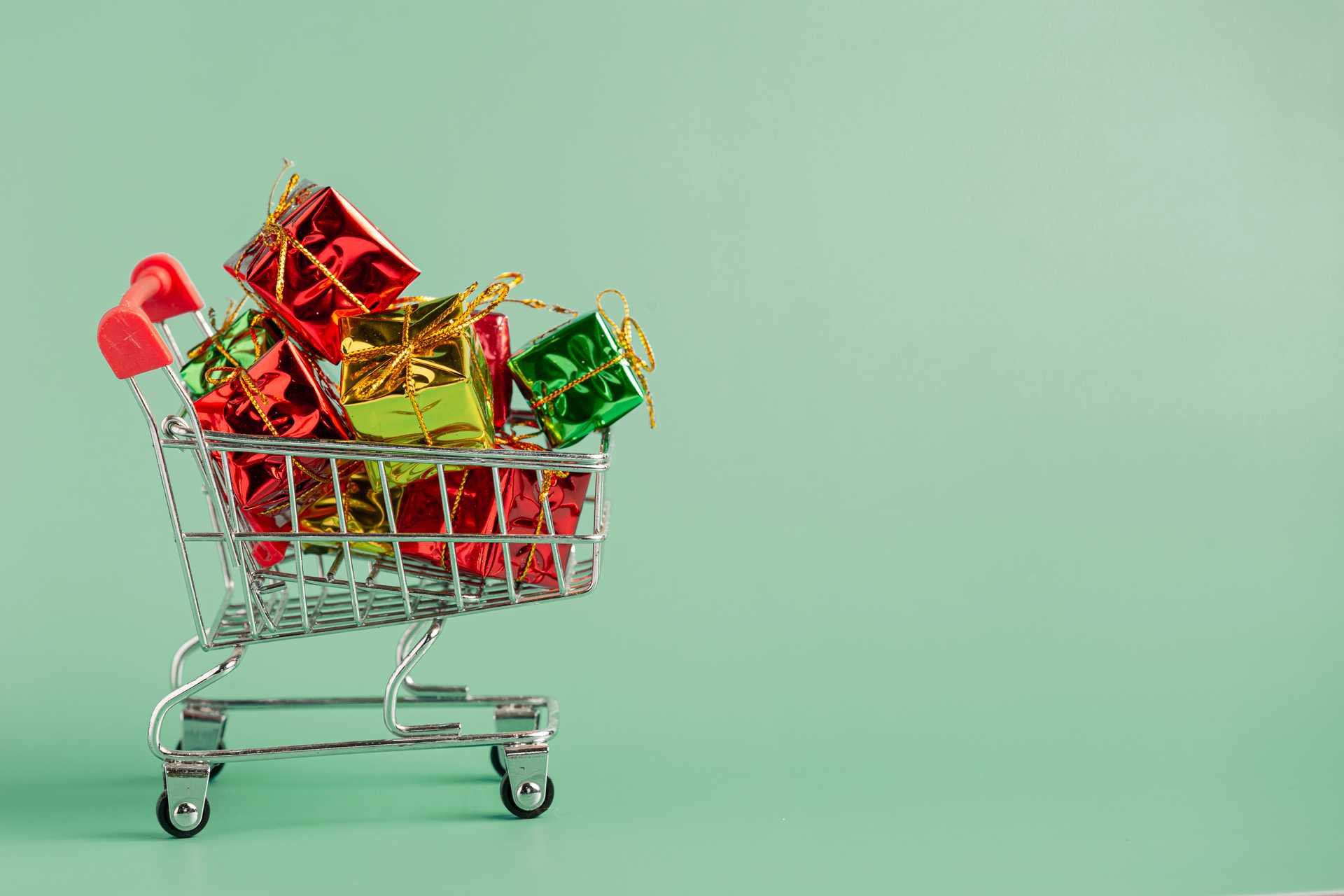
Articles
How To Adapt Your Business to the ‘New Normal’ in eCommerce
22.06.2020
While no one knows the full implications of the COVID-19 pandemic, it’s clear that it’s created a massive shift in human behaviour, including changing the way people work, learn, shop and socialise. The eCommerce industry has been one of the major beneficiaries of global lockdown orders, that has seen millions of people being forced to shift most of their spending habits online out of necessity.
According to the latest research, consumers said they were purchasing more products online more frequently than they would normally in-store. So-much-so that global eCommerce retail sales skyrocketed by 209%. Globally, Vietnam has witnessed the largest increase in eCommerce shopping, with 57% of consumers shifting their purchases online. Additionally, India, China and Italy have also noted an increase of 55%, 50% and 31% respectively. US consumers have followed a similar trend.

In a study conducted in 2019, before the crisis hit, eCommerce sales were expected to increase by a massive 155% by 2023, amounting to more than US$6.5 trillion dollars worldwide – this would mean that one in every five dollars would be carried out online. Now, thanks to the massive shift in online shopping behaviour likely to stick as the ‘new normal’, this rise is expected to accelerate even faster.
These factors are echoed by the statistics surrounding the swift rise of the online shopping trend, mCommerce (mobile commerce). With over half of all internet shopping traffic coming from mobile devices, and a host of technological advancements making it easier for consumers to shop online, mCommerce is predicted to become the preferred channel for online shopping in the near future. With an estimated 10 billion mobile devices currently in use (more than people on the planet), it’s estimated that by 2024, mCommerce will make up 44% of eCommerce.

While the COVID-19 crisis is, above all, a human tragedy, its ramifications have also shaken the economy and forced businesses to adjust and adapt quickly. With brick-and-mortar store shopping declining rapidly as a result of this human cost, companies’ strategies need to be refocused so they can better capitalise on their web presence and, in some cases, build a business online.
Navigating the ‘New Normal’
In order to survive in a post-pandemic world, it’s essential that SMEs build on their digital capabilities by creating an omnichannel presence. As the world starts to venture outside again and return to some sense of normality amid COVID-19, businesses who invest in technology today and reimagine their customer’s experience online will find themselves in a far better position than those who don’t.
eCommerce isn’t just about building a website – it’s about moving with the times. Before the pandemic hit, a study conducted by Visa found that only 46% of small businesses had an online presence of any kind. If your business doesn’t yet have a website, or if you don’t have an eCommerce platform, your first priority should be setting them up. You can find out more about setting up an eCommerce store here. Once you have, here are some ways to ensure your business stands out from competitors during today’s anomalous times:
- Ensure Channel Agility: In the face of adversity, demand, supply and pricing have all changed dramatically. In order for businesses to survive, they need to become agile so that they can be ready to merchandise new products on a whim, trim costs where possible, and focus marketing on current products in a way that adapts to this new type of lifestyle. It’s also essential that organisations continue to nurture customer relationships – spending extra time reaching out to them personally – as well as redirect visual messages and tone to adapt to consumer’s needs.
 With over 10 million mobile devices in use globally, it's estimated that mCommerce will make up 44% of eCommerce by 2024.
With over 10 million mobile devices in use globally, it's estimated that mCommerce will make up 44% of eCommerce by 2024. - Optimise Your Business for Mobile: Statistics show that 40% of users opt for a competitor’s site after encountering a bad mobile experience. This reaffirms how essential it is that eCommerce companies capitalise on consumer conversions by creating a mobile-responsive and user-friendly website. By ignoring mCommerce trends, you could potentially miss out on more profit.
- Reallocate Spend: While it may seem like best practice to cut costs across the board considering the state of the economy, slashing your marketing budget would likely be an expensive mistake. Reallocating spend towards digital and social media advertising can help facilitate a customer’s path to purchase on your eStore. It will also make your brand stand out on the very platforms that consumers spend the majority of their time. As history showed us with the 2008 global recession, marketers who allotted the majority of their spend on online ads not only helped them survive the market crash but helped them thrive in subsequent years. With digital positioning itself as a clear winner for businesses across the globe, the ongoing COVID-19 situation will likely be no different.
- Protect Your Business from Fraudsters: By continuing to set new records, eCommerce and online retail have inadvertently paved the way for cybercriminals looking to defraud digital businesses. The most popular types of digital fraud include chargebacks (forced transaction reversals initiated by the cardholder) and credential stuffing (the use of mass login attempts to verify the validity of stolen usernames and passwords). By putting a refined focus on fraud detection and protection, business owners can thwart cybercriminals by implementing systems that up their response times as well as fine-tune customer trust scores.
 By partnering with an experienced digital payments provider like Currenxie, you can easily link up your eStore with major marketplaces and payment gateways.
By partnering with an experienced digital payments provider like Currenxie, you can easily link up your eStore with major marketplaces and payment gateways. - Send Money Digitally: With COVID-19 pushing most of us towards digital money transactions and contactless payments, it’s safe to assume that cash is no longer king. Build your business and pay your employees and suppliers securely by partnering with an experienced digital payments provider. Licensed FIs like Currenxie offer multi-currency accounts that support incoming and outgoing payments from around the world. They also allow eCommerce stores to easily link up with major marketplace or payment gateways like Amazon, PayPal and Stripe.
Discover more and sign up to our Global Account.

